Understanding your Jewellery: What does your hallmark mean?
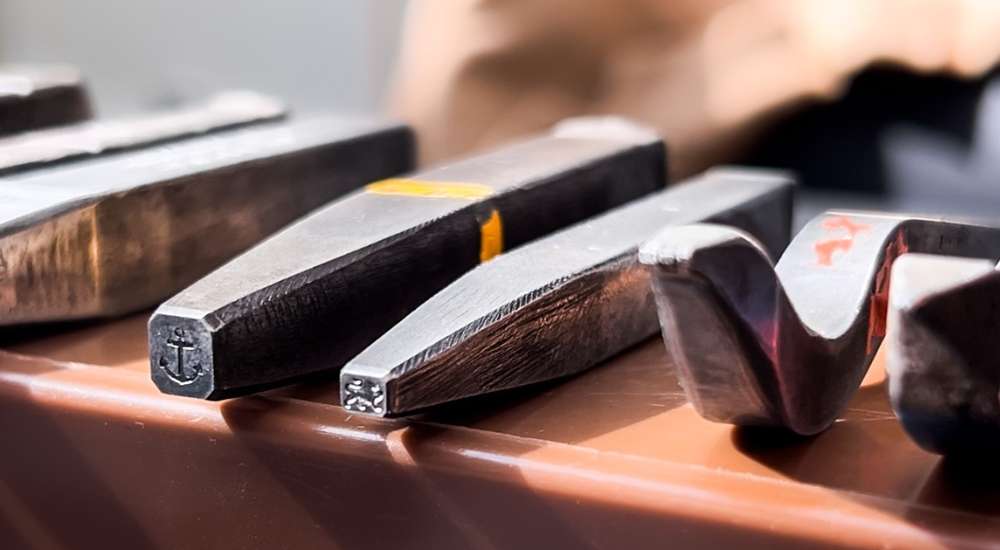
Have you ever spotted numbers like 375 or 750 on a gold ring or noticed a tiny lion on silver? These aren’t random—they’re hallmarks! They tell the story of your jewellery, from the metal content to where it was tested. Let’s dive into understanding hallmarks and discover what these small but significant marks reveal.
WHAT exactly IS A HALLMARK?
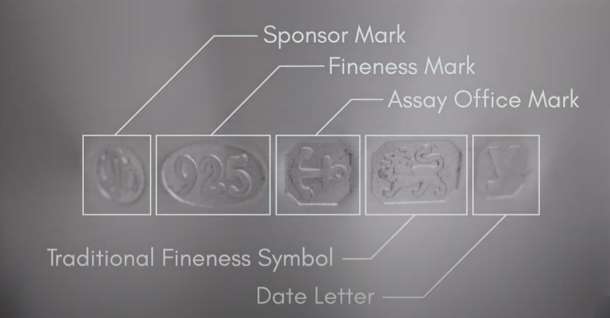
Hallmarks have been protecting consumers in the UK since 1327. Precious metals like gold, platinum, palladium, and silver are rarely pure and are often mixed with other metals to improve their durability and wearability. But here’s the catch, you can’t tell just by looking what’s inside a piece of jewellery, and that’s where understanding hallmarks comes in—they guarantee the metal content.
Simply put, a hallmark shows the metal’s purity in parts per thousand. For instance, if you see “925” inside a ring, it means the piece contains 92.5% silver, confirming it’s Sterling Silver, the rest is made up of other metals.
Did you know only the UK independent Assay Offices can apply hallmarks?
Understanding hallmarks: What does a hallmark look like?
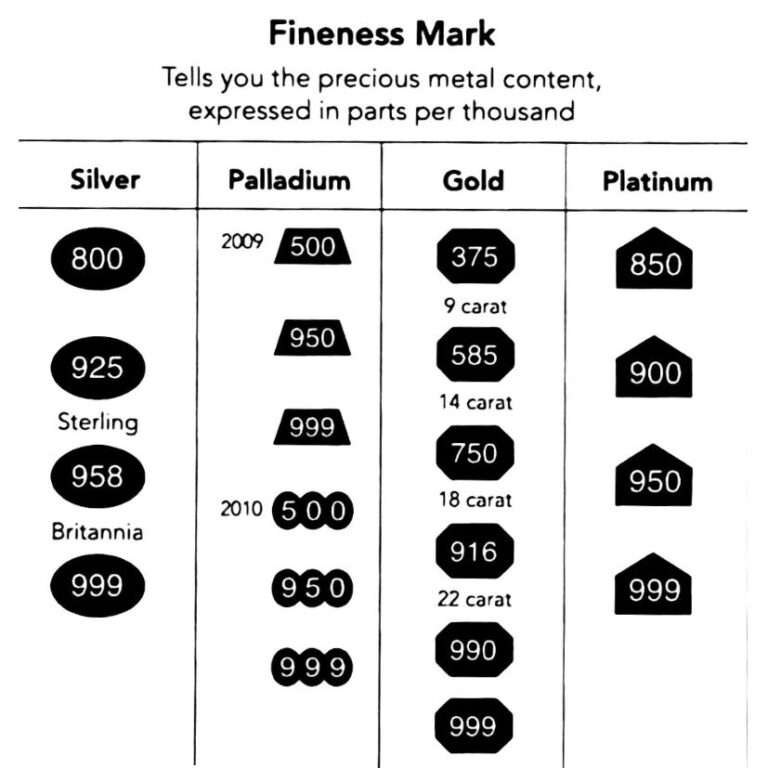
A hallmark is like a little passport for your jewellery! It has three compulsory parts that tell you all about the piece:
- The Sponsor’s Mark shows who made the item. This is usually initials inside a shape, identifying the maker, manufacturer, or the business who sent the item in for hallmarking.
- The Fineness mark tells you the metal purity, like 375 for 9ct gold or 925 for sterling silver.
- The Assay Office Mark reveals where the item was tested. If you spot the Anchor, it was hallmarked in Birmingham.
There are also a few extra, optional marks that can reveal even more about your jewellery:
- The Traditional Fineness Symbol was historically used to indicate the metal content using symbols like a crown for gold, or an orb for platinum. While these symbols can still be used, they must appear alongside the Fineness Mark in parts per thousand such as ‘925’ to indicate Sterling Silver alongside the lion.
- A Date Letter changes every year, though it’s not compulsory anymore. For example, 2024 is marked with a ‘Z’. You can find out more about date letters by using our handy guide.
- Common Control Marks are recognised internationally by countries in the International Hallmarking Convention. Assay Offices can apply this mark to ensure the items don’t need to be re-hallmarked when moving between member countries.
- Commemorative Marks celebrate special anniversaries or events such as the King’s Coronation mark which can be applied to items up until December 2024.
Understanding hallmarks helps you learn the full story behind your jewellery and trust its quality.
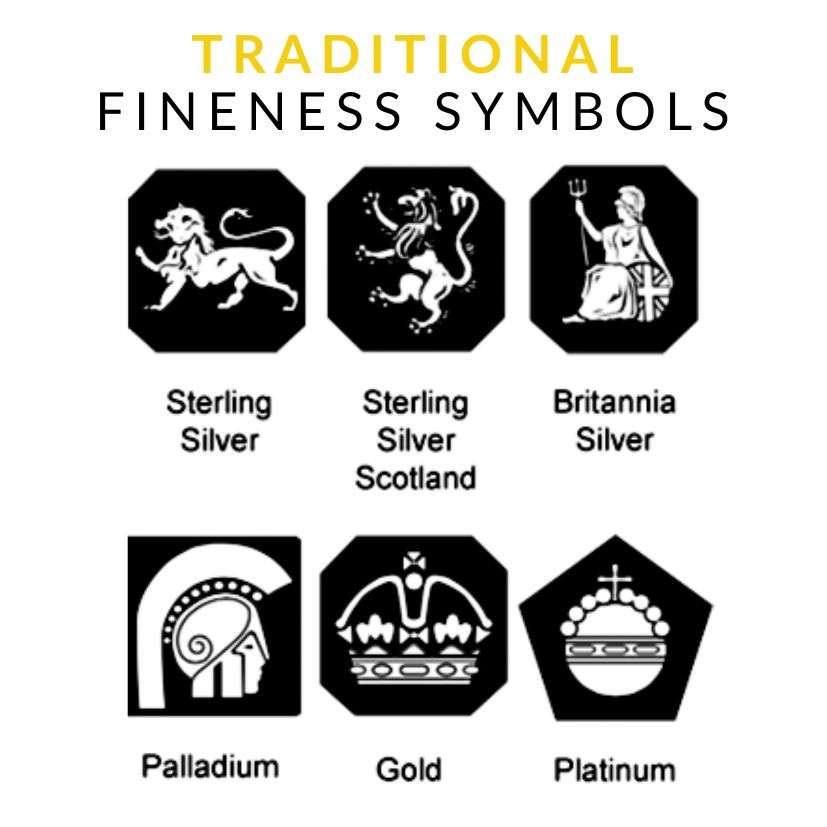
Does an item have to have a hallmark?
Yes, in the UK, it’s the law for items sold as precious metals to have a hallmark—however there are some exceptions. Here’s a quick guide to the exemption weights:
- Silver: No hallmark needed if it weighs less than 7.78g.
- Gold and Palladium: No hallmark needed if under 1g.
- Platinum: No hallmark needed if under 0.5g.
These weights only refer to the metal itself and don’t include any stones or other materials. Knowing this helps you understand hallmarks better and ensures your jewellery meets legal standards.
Curious about your pieces, hallmarked or not?
Discover exactly what your piece is worth with our expert digital valuation service. You’ll receive a detailed report identifying your item’s hallmarks and assessing its true market value. If your piece is not hallmarked, our specialists will test the metal and verify its purity with precision.
Regular valuations help protect your investment, especially when precious metal prices rise. Our secure, blockchain-protected system keeps your valuation certificate safe and accessible anytime, anywhere.
Other Posts

Important Christmas Trading Information 2025
During the busy festive period, make sure that you get the turnaround and services that you need to make Christmas special!

Professional Jewellery And Watch Valuations Right on Your Doorstep
Birmingham Assay Office has launched a new Postcode Finder tool to help customers easily locate nearby partner stores for their jewellery valuations
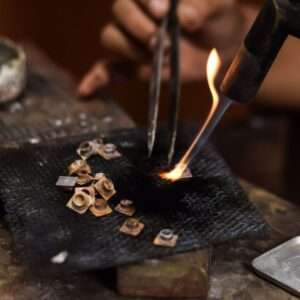
Crafting Futures and Inspiring Careers
Birmingham Assay Office’s “Crafting Your Career in the Jewellery Industry” event on March 27th, 2025, offers live demonstrations and expert talks to inspire future jewellery professionals. Attendees will gain valuable insights into career opportunities across the industry.
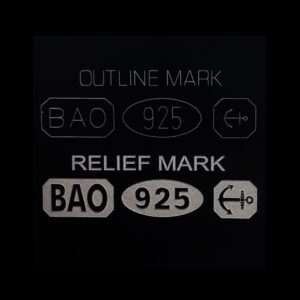
Punch or Laser? Which Hallmarking Method Works For You?
Have you ever wondered about the difference between an outline and a relief mark in laser hallmarking? Unsure whether to choose a laser or punch hallmark? Let us guide you through the hallmarking process.

General Product Safety Regulations and What it Means For You
Find out what GPSR means for your business and how to ensure your jewellery meets the latest safety and compliance standards.



